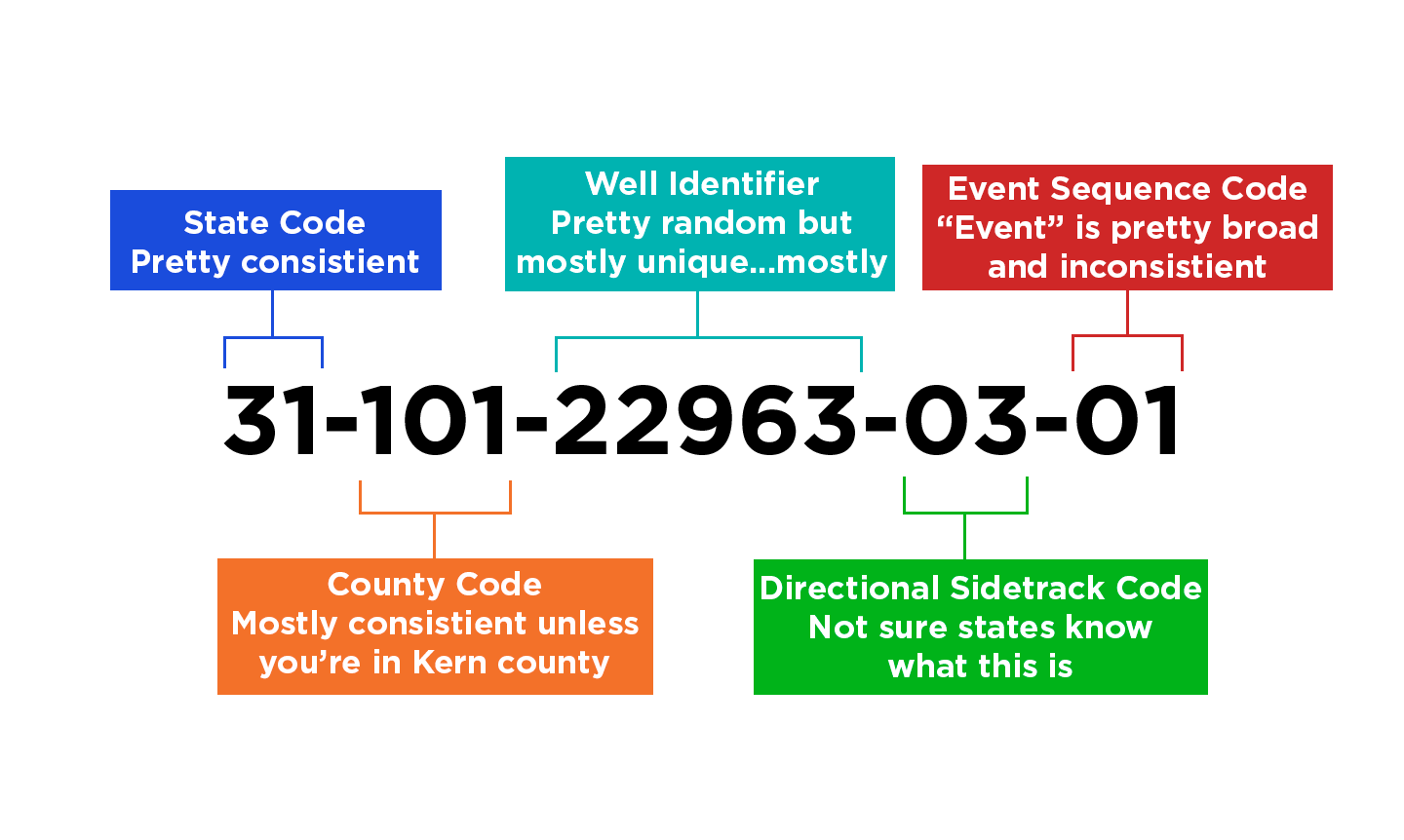1 min read
Virginia UWI (API) Numbers
The oil & gas mecca that is Virginia, you'd be surprised to know that they were unaware of this whole "API" thing before October of 2014. At that...
You need data. You need mapping. You need tools to analyze that data. Now you can do everything in a single, easy to use platform.
Perfect for users who need access to basic well level data. If you're only interested in a few wells and currently use state sites, this plan is for you.
The industry didn't start with unconventionals and neither does our data. We cover the full historical dataset across every producing state and province. Don't settle for inferior data, check out our coverage for any state or province you're interested in.

%20NUMBERS-1.jpg)
Michigan’s use of the 14-digit UWI/API Number is somewhat unique, particularly in the 11th through 14th digits. Be sure and read the explanation below to get a better understanding of how these digits are assigned.
v2.png)
1 min read
The oil & gas mecca that is Virginia, you'd be surprised to know that they were unaware of this whole "API" thing before October of 2014. At that...

So there is no bourbon in this blog, but having a glass of bourbon first will surely help you better understand APIs in Kentucky. At least it...

3 min read
This blog is the first in a series all about our favorite well identifier, the API number. We talk to a lot of users and we find that there is a...